Removing a bike cassette is an essential skill for cyclists, whether you’re a seasoned pro or a weekend warrior. Knowing how to remove bike cassette not only helps you to perform regular maintenance but also prepares you for upgrades that enhance your riding experience.
This task may seem daunting at first, but with the right tools and a bit of know-how, it’s a straightforward process. In this guide, we’ll walk you through each step on how to remove the bike cassette, ensuring you can confidently maintain the heart of your bike’s drivetrain.
Keep your ride smooth and your gears shifting seamlessly by mastering the art of cassette removal.
Tools and Materials Needed
To remove a bike cassette, you’ll need a few key tools:
- Cassette Lockring Tool
- Adjustable Wrench
- Chain Whip
Each tool plays a pivotal role; the lockring tool engages with the cassette mechanism, the chain whip prevents the cassette from spinning, and the wrench provides the leverage needed to loosen the lockring.
With these tools at hand, you’re equipped to tackle cassette removal, ensuring your bike maintenance is both efficient and effective. Remember, precision and the right tools are the cornerstones of successful bike repairs.
Preparation
Before removing your bike’s cassette, it’s crucial to prepare your workspace and bicycle. Start by cleaning the drivetrain, which will not only make the process cleaner but also allow for a clearer view of the components, making the task easier.
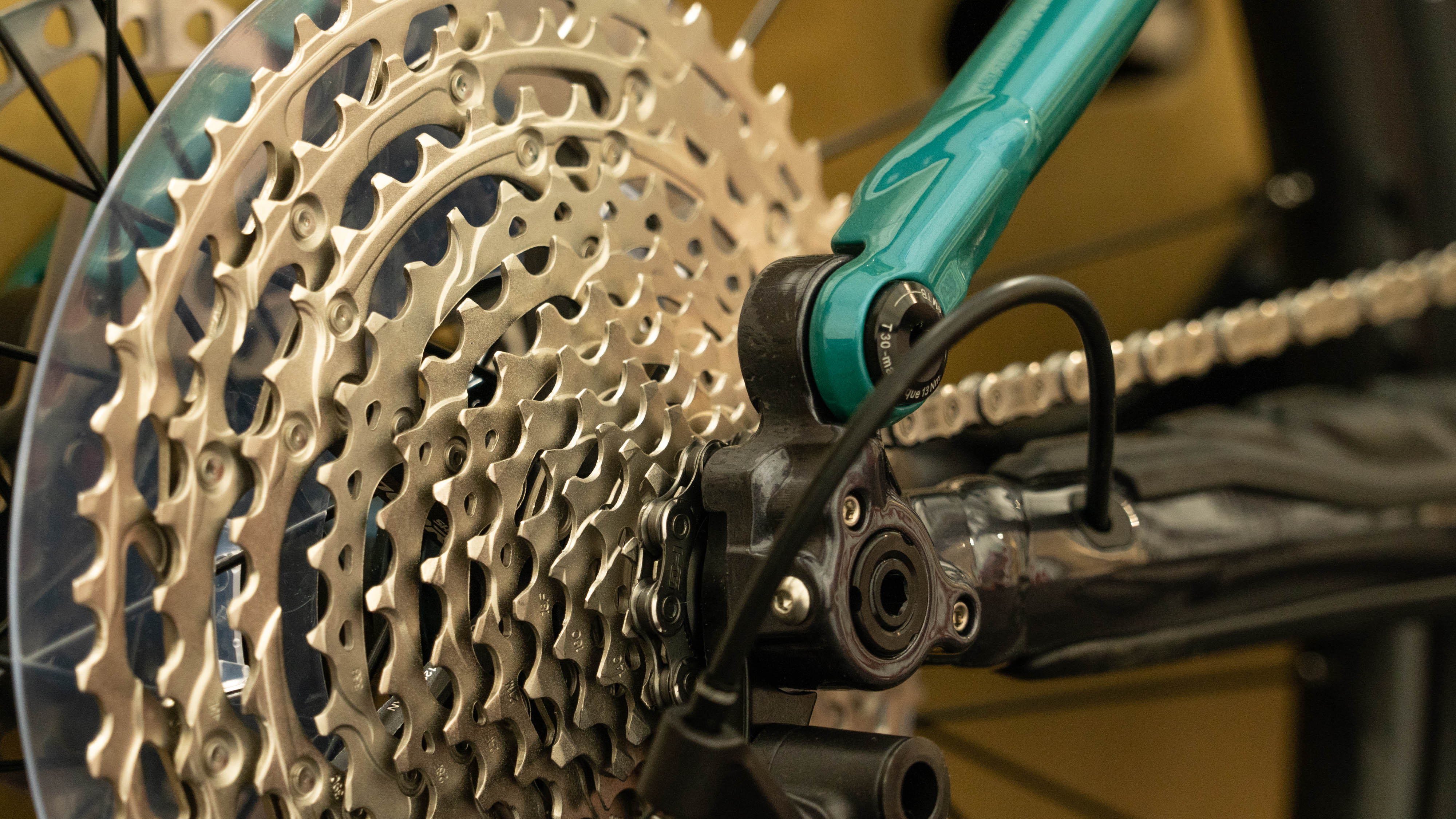
Ensure your bike is stable; a work stand is ideal, but if that’s not available, position it so it won’t move during the procedure. This preparation is key to a smooth removal process, preventing any damage to the bike’s components and ensuring your safety.
Proper setup is the first step to successful maintenance or upgrades.
How to Remove Bike Cassette?
Follow this step-by-step Removal Process on how to remove cassette bike:
1. Remove the Rear Wheel
Removing the rear wheel of a bicycle is a straightforward process that enhances maintenance efficiency. Begin by shifting to the smallest cog to ease the wheel’s exit. Next, open the brake calipers to allow more space.
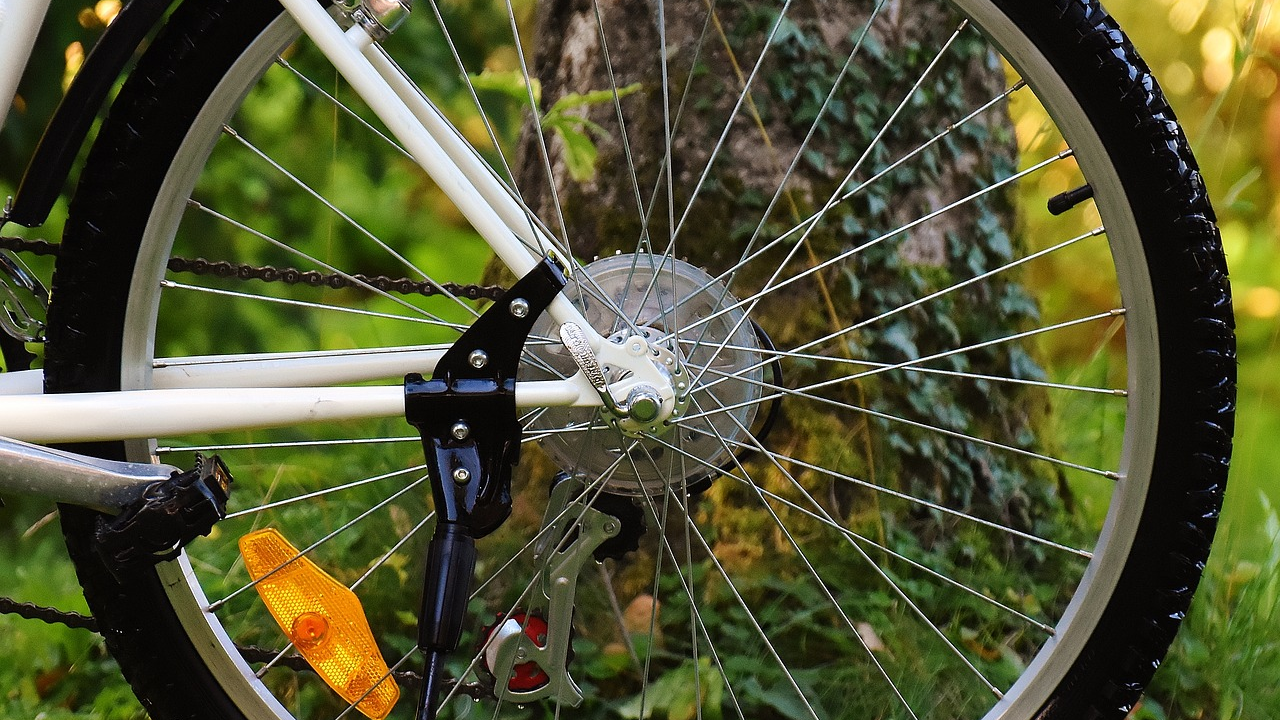
If your bike uses a quick-release skewer, flip the lever to the open position and unscrew it slightly. For bikes with thru-axles, unscrew the axle after opening the lever. Lift the bike gently, guiding the wheel out of the dropouts.
For bikes with disc brakes, avoid squeezing the brake lever once the wheel is removed to prevent brake pad misalignment. Reinstalling is simply the reverse process, ensuring the wheel is seated properly before securing the skewer or axle.
2. Secure the Cassette
Securing a bicycle cassette requires precision and the right tool – a chain whip. To prevent the cassette from rotating while you work, place the chain whip’s links onto one of the larger cogs. Hold the handle firmly, applying enough pressure to keep the cassette stationary.
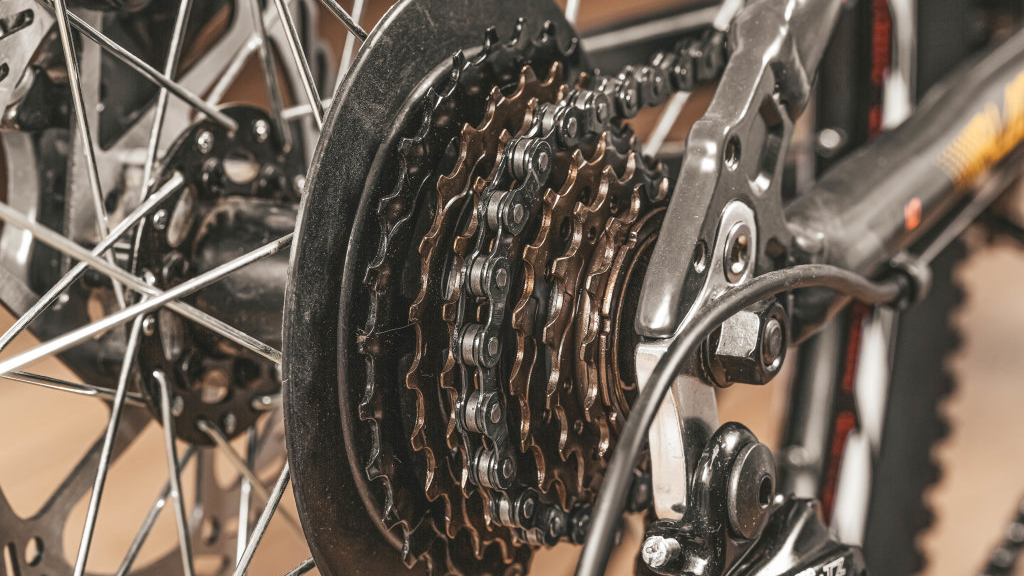
With the chain whip in place, use a cassette lockring tool to tighten the lockring until it’s snug against the cassette. This ensures the gears are securely fastened and ready for smooth cycling.
Remember, the key is to maintain steady pressure with the chain whip while securing the lockring, preventing any movement that could disrupt the process or damage the cassette’s delicate mechanisms.
3. Remove the Lockring
To remove a bicycle’s lockring, ensure you have a cassette lockring tool at hand. Insert the tool into the lockring’s notches, aligning it properly. Apply steady pressure in a counterclockwise direction to loosen the lockring.
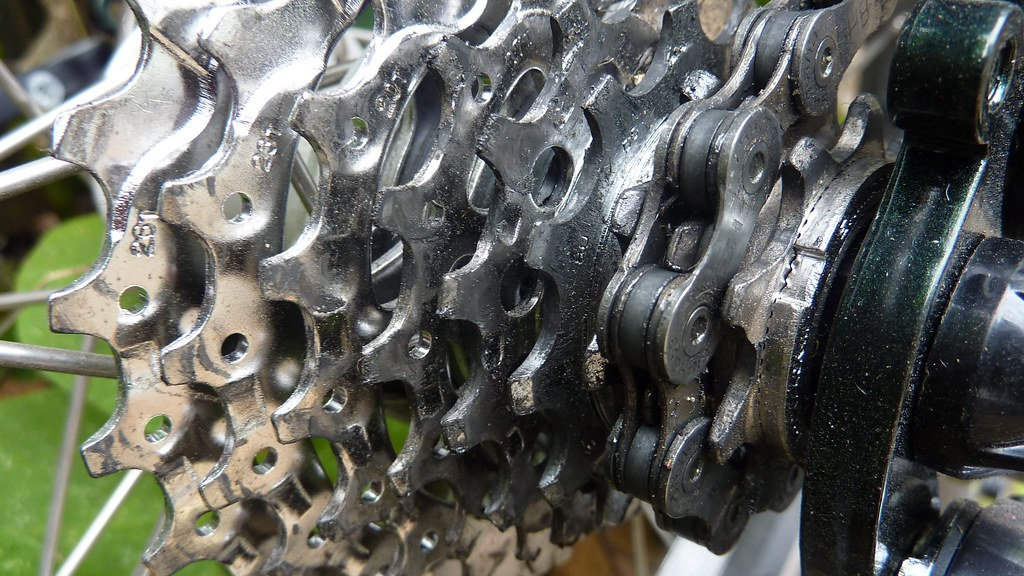
This action is akin to unscrewing a bottle cap; a firm, consistent turn will disengage the lockring. Once loose, continue to turn the tool until the lockring is completely detached from the cassette. Now that you know how to remove bike cassette lockring, you can avoid damaging the delicate threads of the lockring and the hub.
Proper removal of the lockring is crucial for cassette maintenance or replacement, ensuring your bicycle’s performance remains optimal.
4. Slide Off the Cassette
Sliding off the cassette from a bicycle’s freehub body is a task that requires attention to detail. After loosening the lockring, carefully align the cassette with the splines of the freehub and gently slide it off.
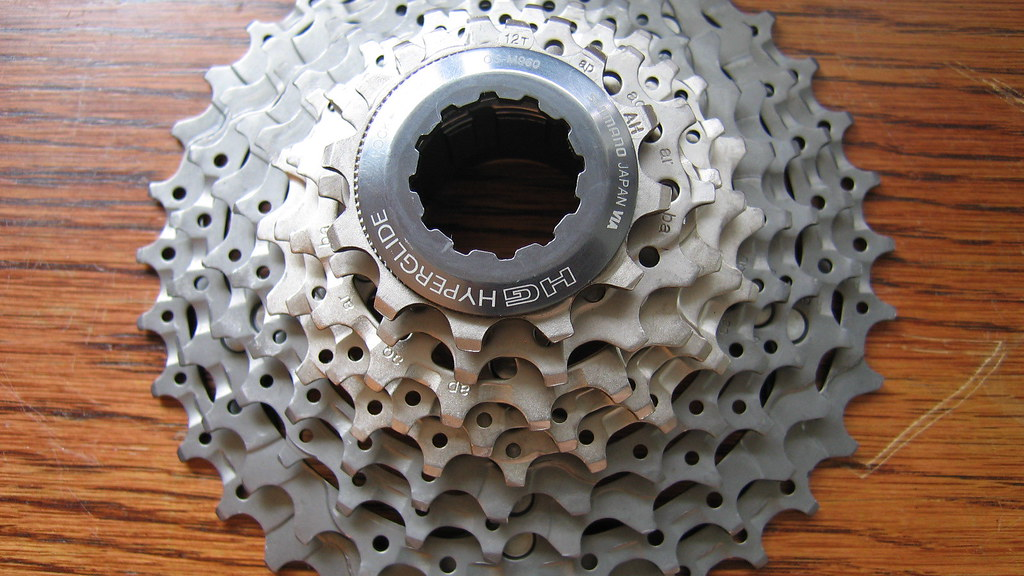
Be mindful of any spacers that may be present; they are crucial for proper gear alignment and must be reinstalled in the same order. This process not only facilitates cleaning and maintenance but also prepares the hub for a new cassette if needed.
These steps on how to remove a cassette bike will make your bike’s drivetrain function smoothly, providing a reliable and enjoyable cycling experience.
How to Remove Bike Cassette Without Tool?
If you’re wondering how to remove a bike cassette without special tools, don’t worry. We have got you covered.
One method involves using a large adjustable wrench that fits securely onto the lockring. This wrench can substitute for the specific tool needed to unscrew the cassette lockring. Carefully gripping the wrench and applying steady force counterclockwise allows you to loosen and remove the lockring effectively.
Additionally, if you find yourself without any tools at all, improvisation becomes essential. While this approach is not recommended for regular maintenance, in an emergency situation, you might attempt to carefully pry the lockring with a flat-head screwdriver. Exercise extreme caution to avoid damaging the cassette or surrounding components during this process
How to Remove Bike Cassette Without Chain Whip?
Removing a bike cassette without a chain whip is a straightforward process. Begin by shifting to the smallest cog to relieve tension. Secure the wheel and insert the lockring tool. For stability, place the wheel flat on the ground or secure it in a stand.
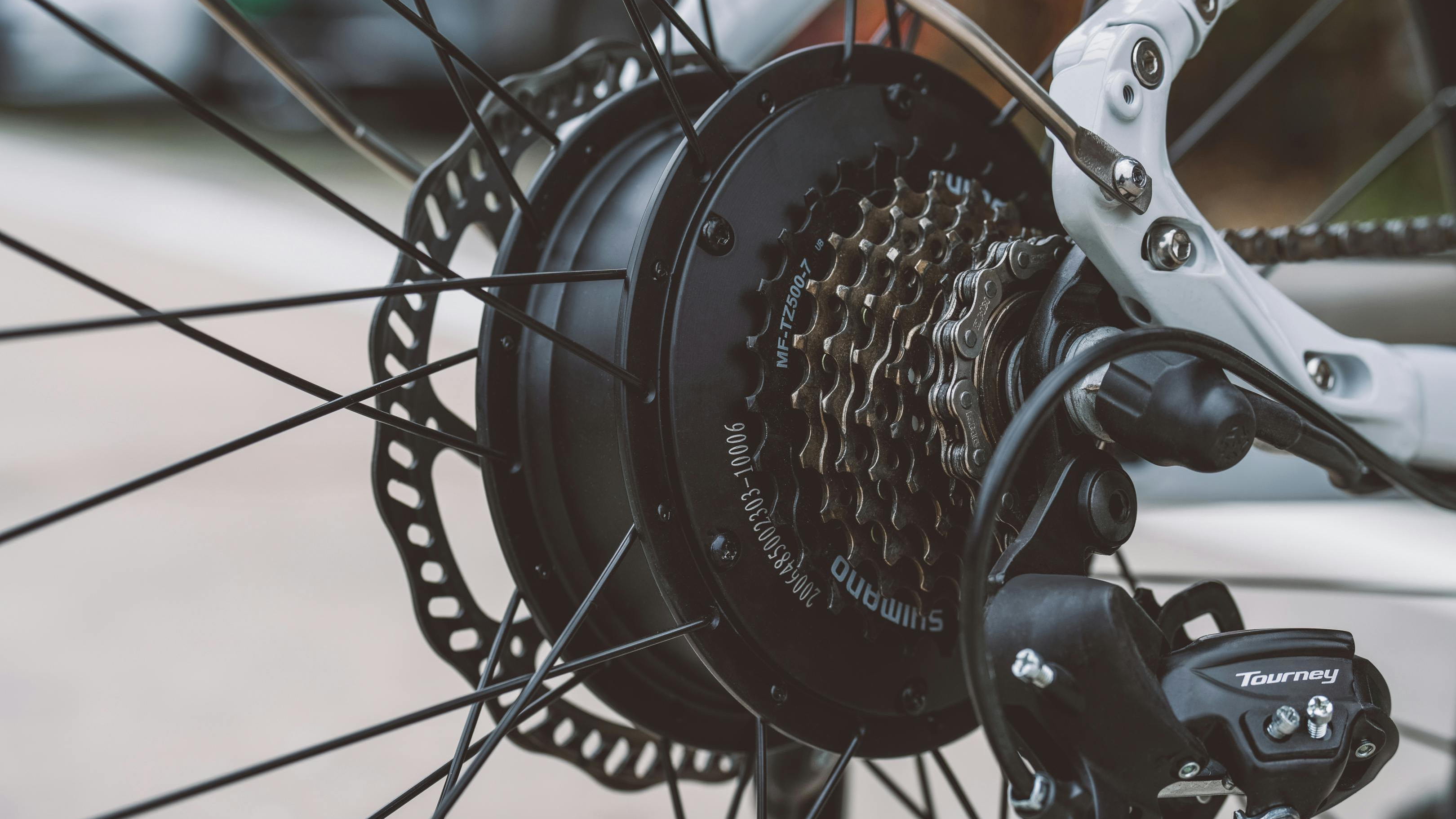
Press down firmly on the tool and rotate the wheel counterclockwise. The cassette should loosen as the lockring turns. If resistance is felt, apply steady pressure until the mechanism gives. Once the lockring is off, lift the cassette gently from the freehub.
Keep track of the order of cogs and spacers for reassembly. This method is practical for cyclists needing to service their gear system without specialized tools, ensuring they can continue their journey with minimal interruption.
Remember, patience and careful handling are key to preventing damage to the bike’s components.
Inspecting and Cleaning
Inspecting and cleaning the cassette, along with the freehub body, is essential for a bicycle’s longevity and performance. Begin by examining these parts for any signs of wear or damage, such as worn teeth or corrosion, which could affect the bike’s operation.
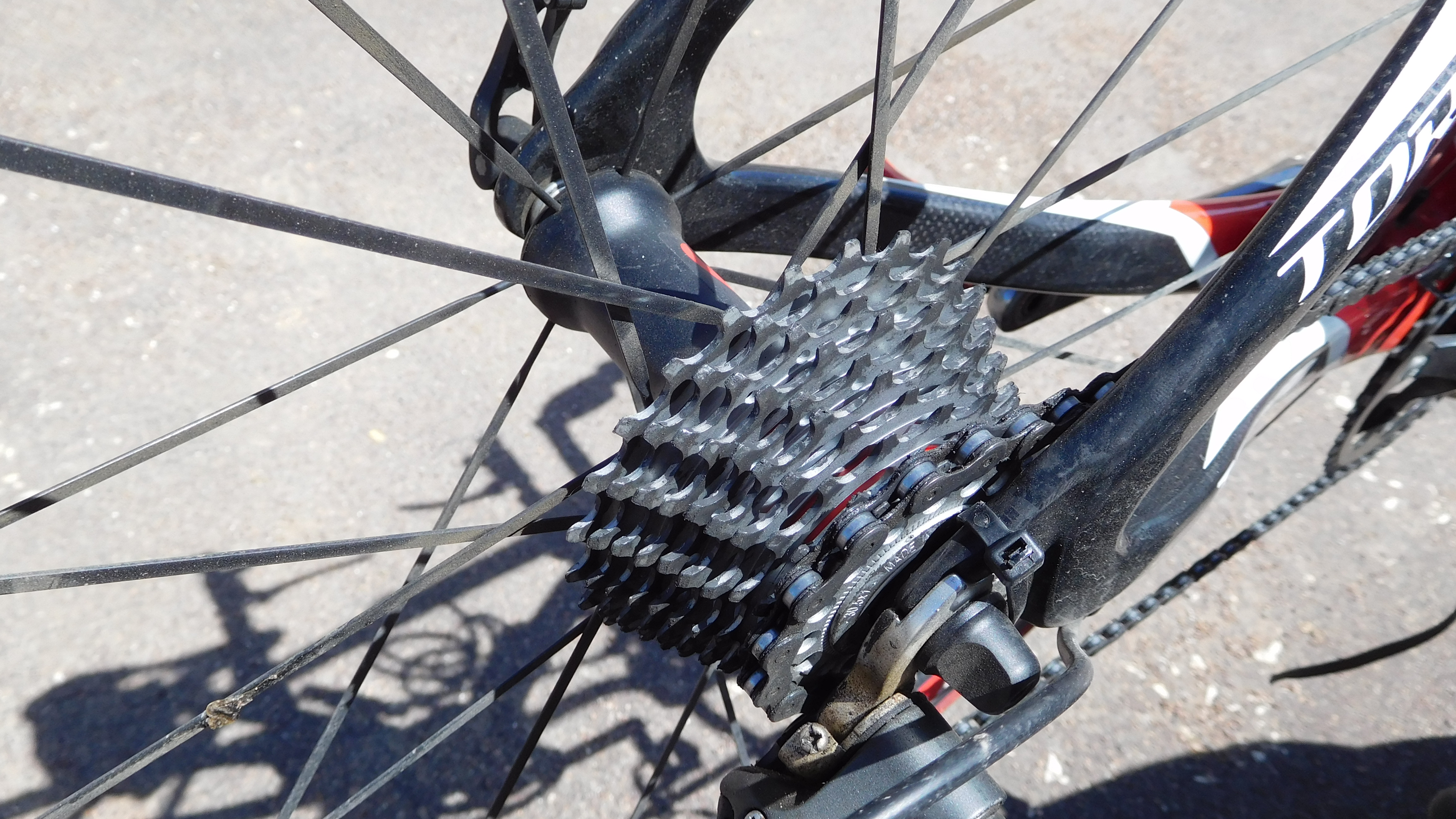
Cleaning is just as crucial; start by brushing off debris from the cogs and freehub. Then, use a degreaser on the cassette. For the freehub, apply a moderate amount of degreaser and scrub gently. Rinse both parts with water and dry thoroughly.
This process not only preserves the components but also enhances the bike’s efficiency. Regular inspection and cleaning can prevent unexpected malfunctions and ensure a smoother ride.
By maintaining these critical parts, cyclists can enjoy a reliable and high-performing bicycle ready for any adventure. This is an important step before moving towards learning how to change a bike cassette.
How to Replace Your Cassette? Reinstallation Proccess
Reinstalling a bicycle cassette requires precision and attention to detail. Start by aligning the largest cog with the corresponding slot on the freehub body, ensuring each cog fits snugly. As you place the cogs and spacers in sequence, verify their correct orientation.

Once the cassette is positioned, thread the lockring by hand to avoid cross-threading. Then, use the cassette lockring tool to tighten it securely. For optimal performance, it’s recommended to tighten the lockring to a torque of 40Nm.
This specific torque ensures the cassette is sufficiently secured without over-tightening, which could damage the threads. A torque wrench can be used to achieve this precise tightness. Following these steps will ensure the cassette is properly installed, contributing to a smooth and reliable cycling experience.
Remember, regular maintenance and correct installation are key to the longevity of your bicycle’s components.
Final Checks
After installing a new bicycle cassette, it’s crucial to conduct thorough checks to guarantee optimal performance. Begin by methodically shifting through each gear, observing for seamless transitions and listening for any irregular sounds that might indicate misalignment.
If you detect hesitation or noise, fine-tune the derailleur settings for precision. Regular lubrication of the chain and gears will maintain smooth movement and prolong the cassette’s lifespan.
Inspect the alignment of the chain with the sprockets; it should sit squarely without slanting. Check the torque on the cassette’s lockring, ensuring it meets the manufacturer’s specifications to prevent slippage or damage under load.
Lastly, take a test ride in a controlled environment to feel for any issues in real-world conditions. These steps will help maintain your cassette’s condition and ensure a safe, enjoyable cycling experience.
Remember, regular maintenance is key to the longevity and reliability of your bicycle components.
FAQs
Replace a bike cassette every 3,000-5,000 miles for optimal performance.
No, freewheel and cassette removal tools are not the same; each system requires a specific tool for removal.
Bike cassette replacement cost varies, typically $20-$80 for the part.
Secure the wheel, use a chain whip and a cassette lockring tool to unscrew the lockring, then slide off the cassette.
Conclusion
Learning how to remove bike cassette is essential for any cyclist looking to maintain their bicycle independently. By following the steps outlined above and using the appropriate tools, you can effectively remove the cassette to clean, inspect, or replace it as needed.
Regular maintenance ensures optimal performance and longevity of your bike’s drivetrain components. With practice, this process will become easier and quicker, allowing you to tackle more advanced maintenance tasks confidently.
You must ensure to handle bike components with care and refer to manufacturer guidelines for specific instructions on your cassette and drivetrain system. By maintaining your bike properly, you ensure a smoother and safer riding experience.



